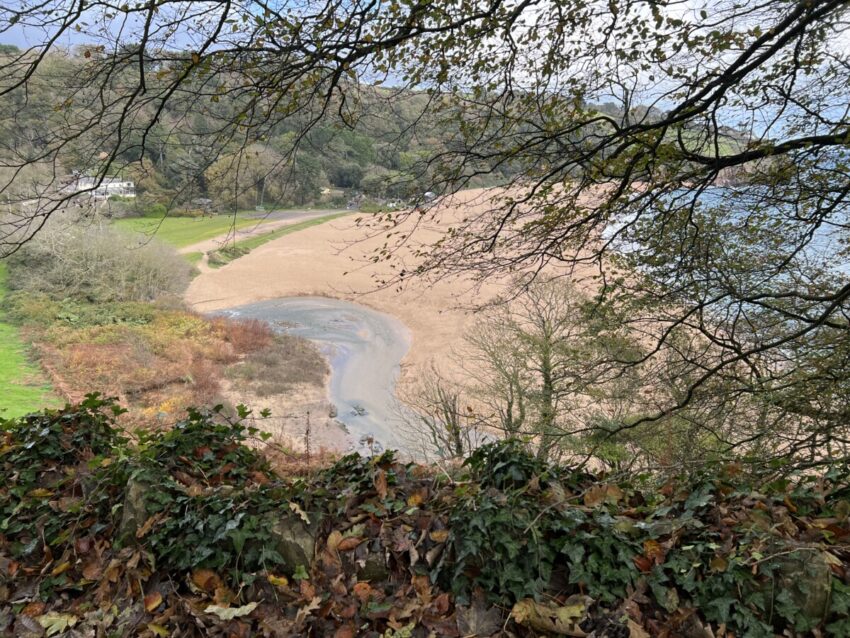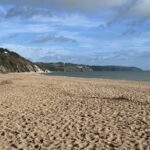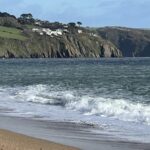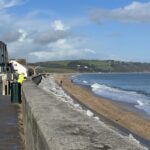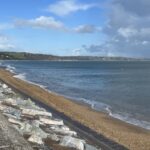Departing Newquay in torrential rain which continued for my 2 hour journey, I finally arrived in Stokenham, Devon to a nice warm fire. My friends Chris and Pete, have a lovely holiday home in a converted barn and it is a few minutes drive to the beautiful beaches of Torcross and Slapton Sands.
The following day Chris and I walked along Slapton Sands and despite the cold winds, the sun managed to peak out from behind the grey clouds a few times!
Slapton is a small village with fascinating connections to WWII. The entire village and the beach both fall within the South Devon Area of Outstanding Natural Beauty and it isn’t hard to see why.
The beach here is backed by a large freshwater lake – Slapton Ley – which forms an important part of a nature reserve. This is home to many examples of rare flora and fauna.
The beach, as already noted, is a point of historical interest as it was used in 1943 before the D-Day Landings to rehearse ahead of the attack. Sadly however, live ammunition was used and, due to poor weather which reduced visibility, several hundred American soldiers died here. There is a stone monument on the beach which pays tribute to “Operation Tiger” and makes for a moving visit if you travel to Slapton Sands.
Slapton Sands is almost three separate beaches. To the South, you will find the village and adjacent beach of Torcross, with the other two ‘zones’ of the beach situated to the centre and North, both of which are typically quieter. In the central area of Slapton Sands you will usually find fewer people. Located at the far north of Slapton Sands, Strete Gate Beach is even more quiet and secluded, and enjoys a calm, subdued atmosphere. It’s a great place to begin a walk along Slapton Sands, and if you’re feeling energetic, you could even circumnavigate Slapton Ley Nature Reserve too. Although it has no official status, the northern stretch of Slapton Sands, beyond Strete Gate car park, is widely considered a naturist area.


